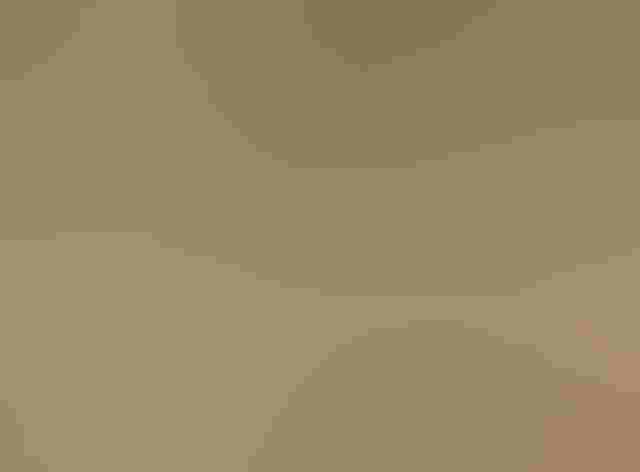Brewer’s Sparrow
At a Glance
One of the most characteristic summer birds of the sagebrush flats of the Great Basin is this drab little sparrow. The plainness of its plumage is compensated for by the remarkable variety in its song. The song is most fully developed in summer, but winter flocks may perch up in the tops of desert shrubs with several birds singing at once, creating a jumbled chorus.
All bird guide text and rangemaps adapted from Lives of North American Birds by Kenn Kaufman© 1996, used by permission of Houghton Mifflin Harcourt Publishing Company. All rights reserved.
Category
New World Sparrows, Perching Birds
IUCN Status
Least Concern
Habitat
Arroyos and Canyons, Desert and Arid Habitats, High Mountains, Shrublands, Savannas, and Thickets
Region
Alaska and The North, California, Northwest, Plains, Rocky Mountains, Southwest, Texas, Western Canada
Behavior
Direct Flight
Population
17.000.000
Range & Identification
Migration & Range Maps
Migrates south relatively early in fall, and migrates north in mid- to late spring; some are present on wintering grounds for more than 9 months of year.
Description
5" (13 cm). Small and slim, with relatively long tail. Lacks obvious marks. Plainer face than Chipping or Clay-colored Sparrows. Those nesting high above treeline from Montana to Alaska might be separate species, "Timberline Sparrow."
Size
About the size of a Sparrow
Color
Black, Brown, Gray, Tan, White
Wing Shape
Broad
Tail Shape
Notched, Rounded, Square-tipped
Songs and Calls
Alternating trills, musical or buzzy, often quite prolonged. Call note a soft seep, most often given in flight.
Call Pattern
Falling
Call Type
Chirp/Chip, Trill, Whistle
Habitat
Sagebrush, brushy plains; also near treeline in Rockies; in winter, also weedy fields. In summer typically in open flats covered with sagebrush; sometimes in stands of saltbush, on open prairie, or in pinyon-juniper woodland. Northern race (sometimes considered a separate species, called "Timberline Sparrow") summers at and above treeline in Canadian Rockies, in stunted thickets of willow, birch, and fir. In winter, found in open country, especially desert dominated by creosotebush.
Sign up for Audubon's newsletter to learn more about birds like the Brewer's Sparrow
Behavior
Eggs
3-4, sometimes 5. Pale blue-green, with variable brown spotting often concentrated toward larger end. Incubation lasts 11-13 days, roles of sexes in incubation not well known. The incubating bird may sit motionless on nest until very closely approached. If disturbed, adult may fly away or may drop to the ground and sneak away through the grass.
Young
Both parents probably feed the nestlings. Young birds leave nest about 8-9 days after hatching, before fully capable of flight. Adults may raise more than 1 brood per season.
Feeding Behavior
Forages on the ground and in low shrubs. Except during nesting season, usually forages in flocks, often associated with other kinds of sparrows.
Diet
Mostly seeds and insects. Diet in summer is mostly insects, including beetles and beetle larvae, plant lice, caterpillars. By late summer more seeds are eaten, and in winter diet is mostly seeds. Can survive for an extended period on dry seeds, with no water.
Nesting
Male sings in spring to defend nesting territory. Nest site is almost always well concealed in low shrub, no more than 4' above ground, rarely on ground. Nest is a small, compact, open cup of grasses, weeds, twigs, rootlets, lined with finer plant material and with animal hair.
Conservation
Conservation Status
Still common in the center of its range, but showing population declines in peripheral areas, probably because of habitat loss.
Climate Threats Facing the Brewer's Sparrow
Choose a temperature scenario below to see which threats will affect this species as warming increases. The same climate change-driven threats that put birds at risk will affect other wildlife and people, too.






